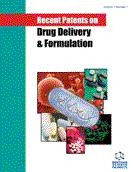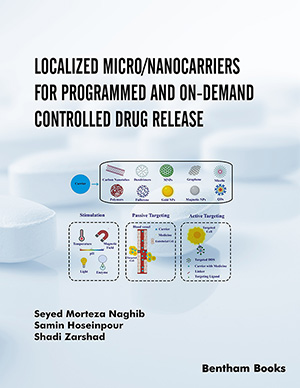Abstract
The introduction of high speed tableting machines and the preference of direct compression as a method of tableting have increased the demands on the functionality of excipients mainly in terms of flowability and compressibility. Co-processed excipients, where in, excipients are combined by virtue of sub-particle level interaction have provided an attractive tool for developing high functionality excipients. The multifold advantages offered by co-processed excipients such as production of synergism in functionality of individual components, reduction of company’s regulatory concern because of absence of chemical change during co-processing and improvement in physico-chemical properties have expanded their use in the pharmaceutical industry. In the recent years, there has been a spurt in the number of patents filed on co-processed excipients. Hence, the present review focuses on co-processed excipients and their application in pharmaceutical industry. The worldwide databases of European patent office (http://ep.espacenet.com) and United States patent office (www.uspto.gov) were employed to collect the patents and patent applications. The advantages, limitations, basis for the selection of excipients to be co-processed, methods of co-processing and regulatory perspective of co-processed excipients are also briefly discussed.
Keywords: Co-processed excipients, co-processing, direct compression, directly compressible adjuvants, high functionality excipients, tablet
 62
62














